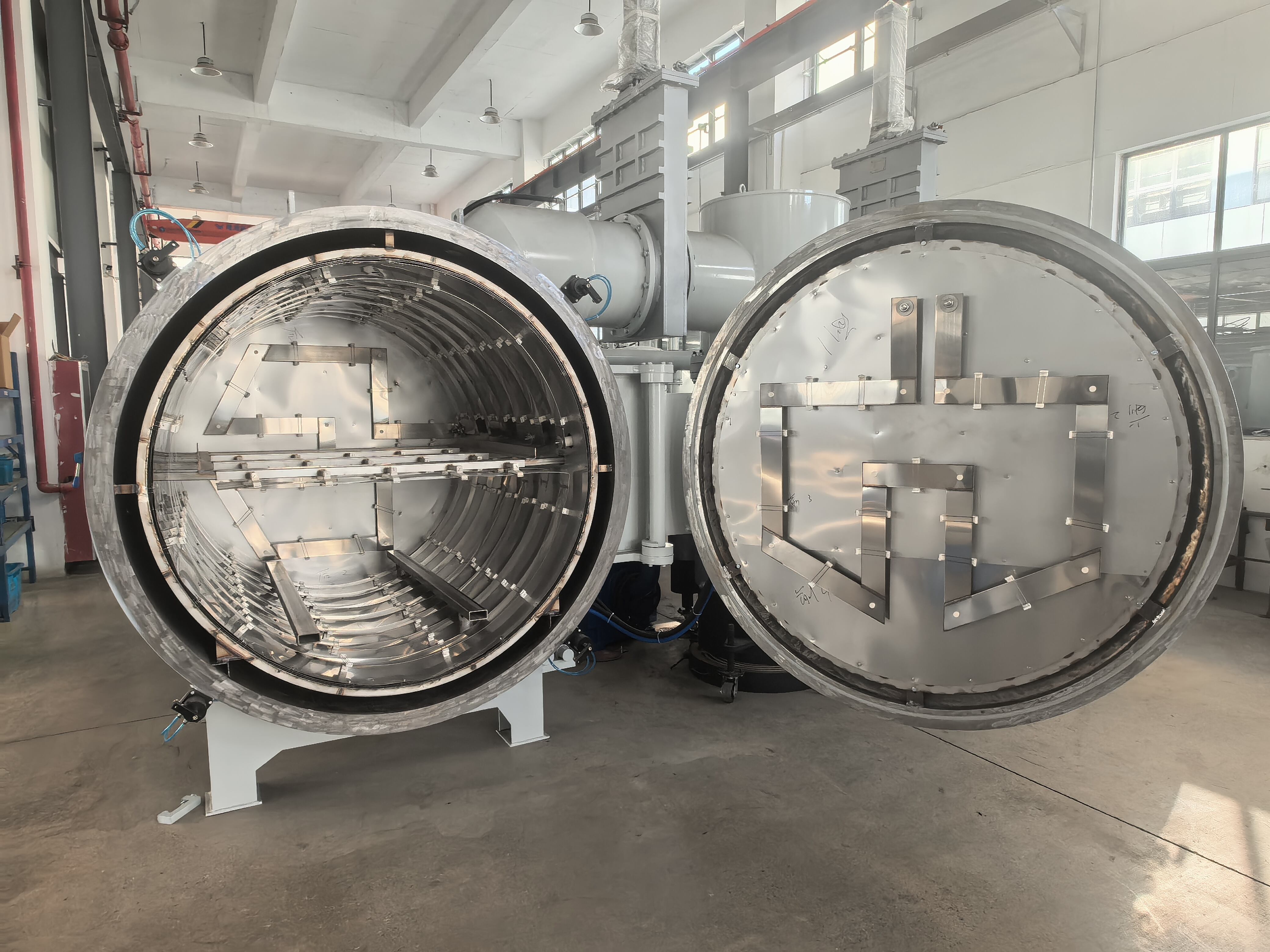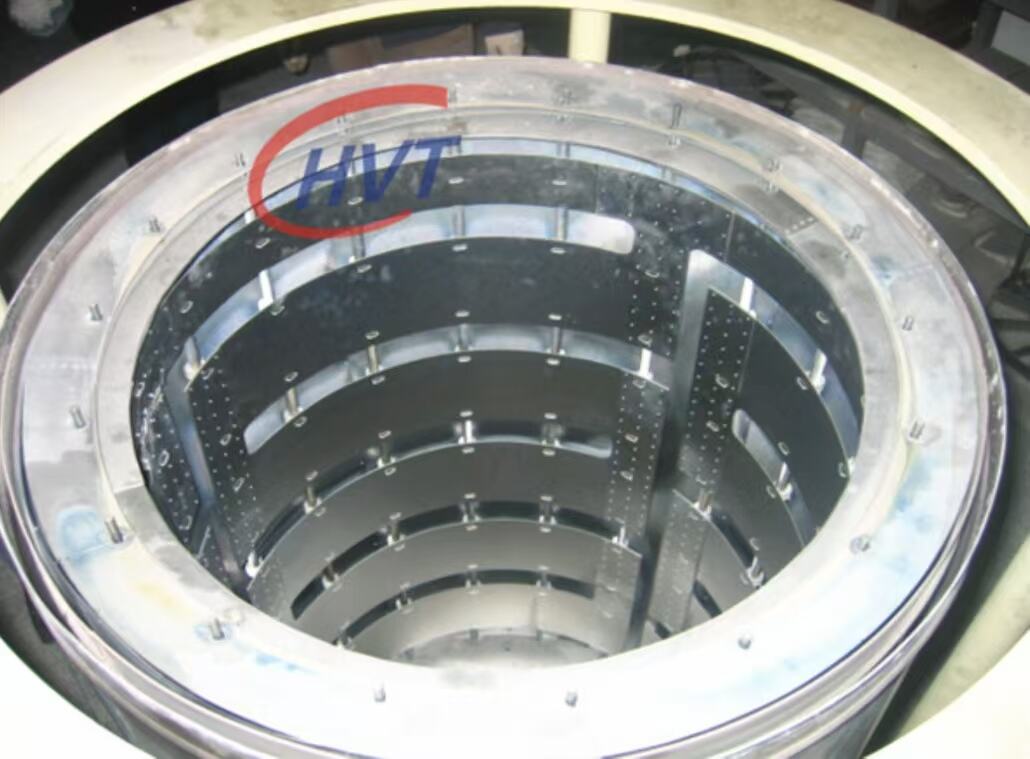Understanding Heat Shield Materials and Their Critical Applications
Heat shield materials play a vital role in protecting various components and systems from extreme temperatures across multiple industries. From aerospace applications to industrial furnaces, the selection of appropriate heat shield material can mean the difference between optimal performance and catastrophic failure. Today's advanced manufacturing processes have introduced an extensive range of heat shield materials, each engineered for specific temperature ranges and operating conditions.
Modern heat shield materials incorporate sophisticated compositions and designs that maximize thermal protection while minimizing weight and cost. These innovations have revolutionized everything from space exploration to automotive performance, making it crucial to understand the various options available and their specific applications.

Essential Properties of Heat Shield Materials
Thermal Performance Characteristics
The primary function of any heat shield material is its ability to manage and dissipate heat effectively. This includes properties such as thermal conductivity, thermal resistance, and maximum temperature tolerance. High-quality heat shield materials must maintain their protective properties even under extreme temperature conditions, often exceeding 2000°C in some applications.
Heat shield materials must also demonstrate consistent performance across their operating temperature range. This includes maintaining structural integrity and preventing heat transfer through various mechanisms such as conduction, convection, and radiation. The material's specific heat capacity and thermal expansion characteristics are crucial factors that determine its effectiveness in real-world applications.
Mechanical and Physical Properties
Beyond thermal performance, heat shield materials must possess appropriate mechanical properties to withstand the physical stresses of their intended application. This includes considerations such as tensile strength, compression resistance, and impact tolerance. The material should maintain these properties even when subjected to thermal cycling and various environmental conditions.
Weight considerations are particularly critical in aerospace and automotive applications, where every gram matters. Modern heat shield materials often feature lightweight compositions that don't compromise on protection, utilizing advanced manufacturing techniques to create materials with optimal density and strength ratios.
Types of Heat Shield Materials
Ceramic-Based Solutions
Ceramic heat shield materials represent some of the most advanced options available today. These materials offer exceptional heat resistance and can withstand extremely high temperatures while maintaining their structural integrity. Common ceramic-based options include aluminum oxide, silicon carbide, and zirconia, each offering unique advantages for specific applications.
Advanced ceramic composites have revolutionized heat shield technology by combining the high-temperature resistance of ceramics with improved mechanical properties. These materials often feature sophisticated microstructures that enhance their thermal insulation capabilities while reducing brittleness, a traditional limitation of ceramic materials.
Metallic Heat Shields
Metallic heat shield materials continue to be popular choices for many applications, particularly where moderate temperature resistance is required along with excellent mechanical properties. Materials such as titanium alloys, stainless steel, and aluminum composites offer robust solutions for various industrial and automotive applications.
Modern metallurgical advances have led to the development of sophisticated alloys specifically designed for heat shield applications. These materials often incorporate multiple layers or specially engineered surfaces to enhance their thermal protection capabilities while maintaining the practical benefits of metallic construction.
Application-Specific Considerations
Environmental Factors
The operating environment plays a crucial role in selecting appropriate heat shield material. Factors such as exposure to chemicals, moisture, UV radiation, and atmospheric conditions can significantly impact material performance and longevity. Engineers must consider these environmental factors when specifying heat shield materials for specific applications.
Temperature cycling, thermal shock resistance, and long-term durability under varying conditions are critical considerations that must be evaluated. The best heat shield material for a given application often represents a careful balance between thermal protection and environmental resilience.
Cost and Manufacturing Considerations
While performance is paramount, practical considerations such as cost, manufacturability, and installation requirements must also factor into the selection of heat shield materials. Some advanced materials may offer superior performance but could be prohibitively expensive for certain applications. Understanding the total lifecycle cost, including maintenance and replacement requirements, is essential for making informed decisions.
Manufacturing capabilities and limitations can also influence material selection. Some heat shield materials may require specialized production processes or handling procedures, which could impact both initial costs and long-term maintainability. Consider these factors alongside performance requirements when selecting appropriate materials.
Future Trends in Heat Shield Materials
Emerging Technologies
The field of heat shield materials continues to evolve with new technologies and innovations emerging regularly. Developments in nanotechnology have led to novel materials with unprecedented thermal protection capabilities. These advanced materials often feature engineered structures at the molecular level, optimizing their heat management properties.
Research into bio-inspired materials and smart heat shield solutions promises to deliver even more sophisticated options in the future. These innovations could lead to adaptive heat shield materials that respond dynamically to changing thermal conditions, providing optimized protection across a wider range of applications.
Sustainability Considerations
Environmental concerns are driving development of more sustainable heat shield materials. This includes focus on recyclable materials, reduced environmental impact during production, and improved energy efficiency in applications. Future developments will likely continue to emphasize these sustainable aspects while maintaining or improving performance characteristics.
The integration of renewable and eco-friendly materials into heat shield solutions represents an important trend that will shape future developments in this field. Manufacturers are increasingly considering the entire lifecycle impact of their materials, from production through disposal or recycling.
Frequently Asked Questions
What is the maximum temperature that heat shield materials can withstand?
The maximum temperature tolerance varies significantly depending on the specific heat shield material. Advanced ceramic compositions can withstand temperatures exceeding 2000°C, while metallic heat shields typically operate effectively up to 1000°C. The exact temperature limit depends on the material composition, construction, and application requirements.
How long do heat shield materials typically last?
The lifespan of heat shield materials varies based on operating conditions, exposure to thermal cycling, and environmental factors. High-quality materials properly specified for their application can last several years or even decades. Regular inspection and maintenance can help extend the service life of heat shield materials.
Can heat shield materials be recycled?
Many modern heat shield materials are designed with recyclability in mind, particularly metallic compositions. Ceramic materials may have limited recycling options but can often be repurposed. The recyclability depends on the specific material composition and any treatments or coatings applied during manufacturing.


